Catherine de’ Medici’s chronically ill son is now King François II of France. Rather than getting to enjoy the perks of being a king’s mother, she finds herself caught having to deal with not only the growing tensions between Catholic and Huguenot, but the feud between two powerful families, the Guises and the Bourbons.



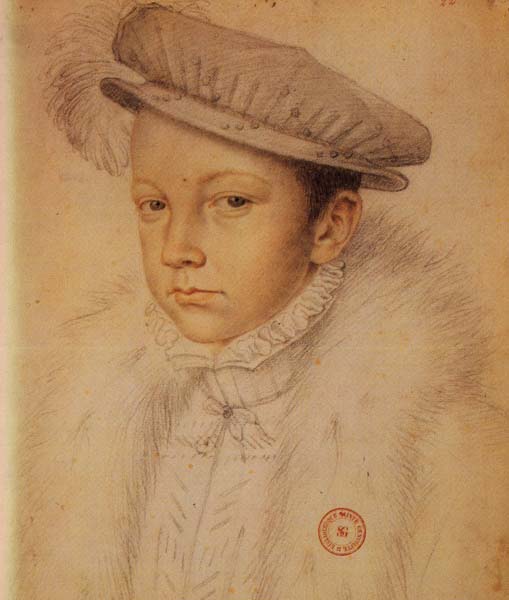
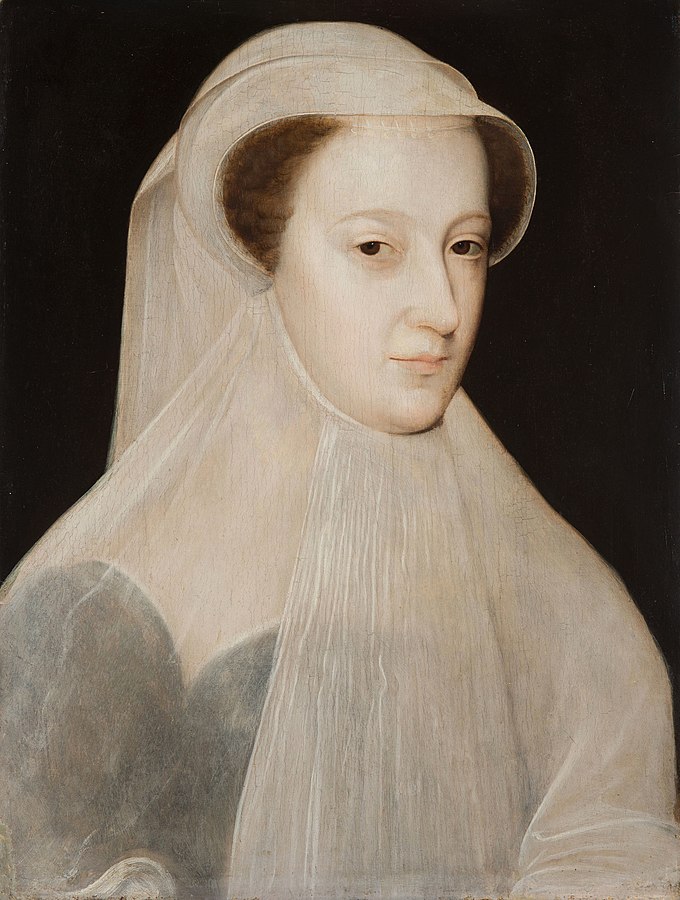
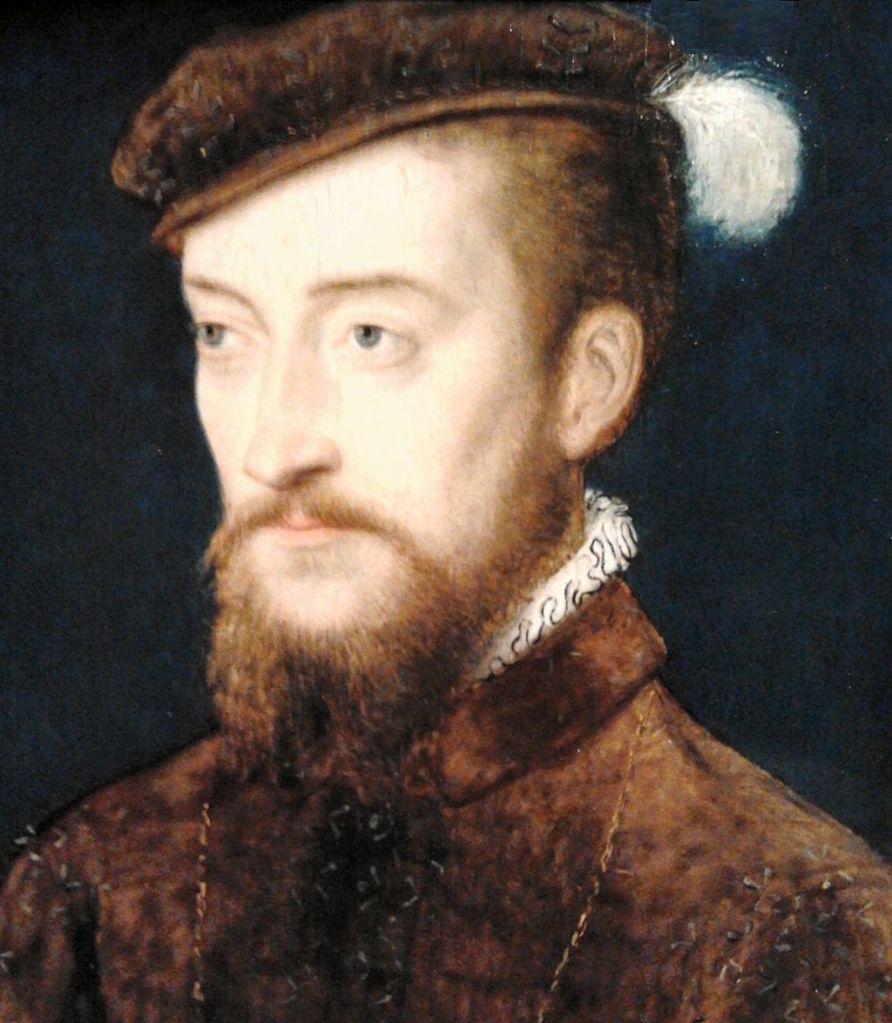
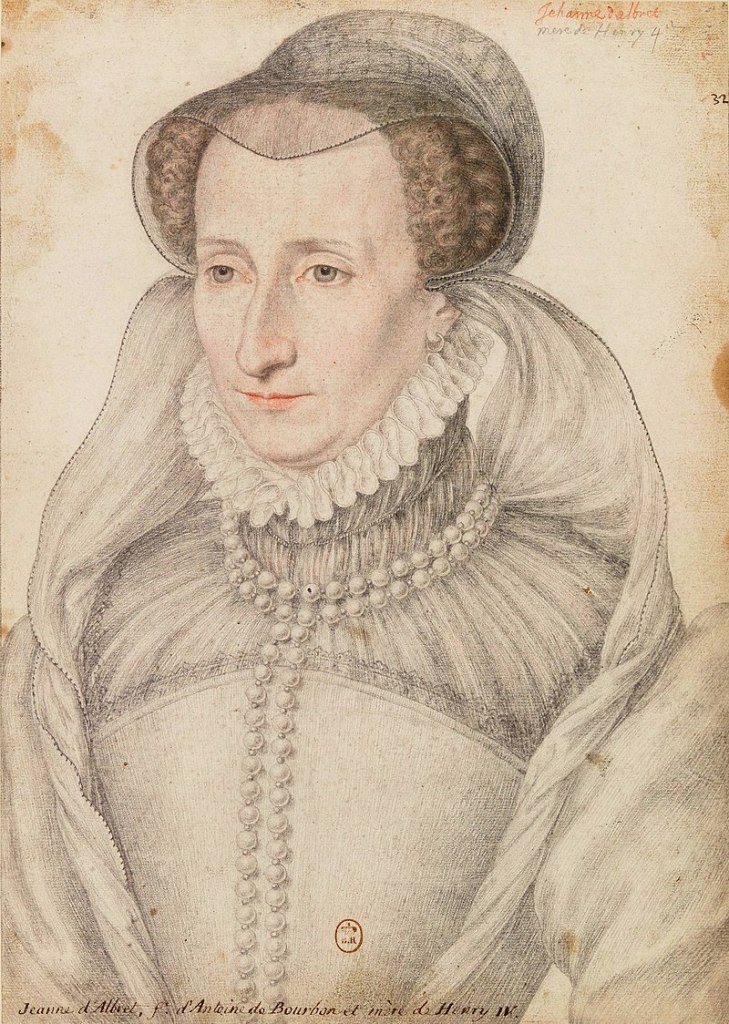
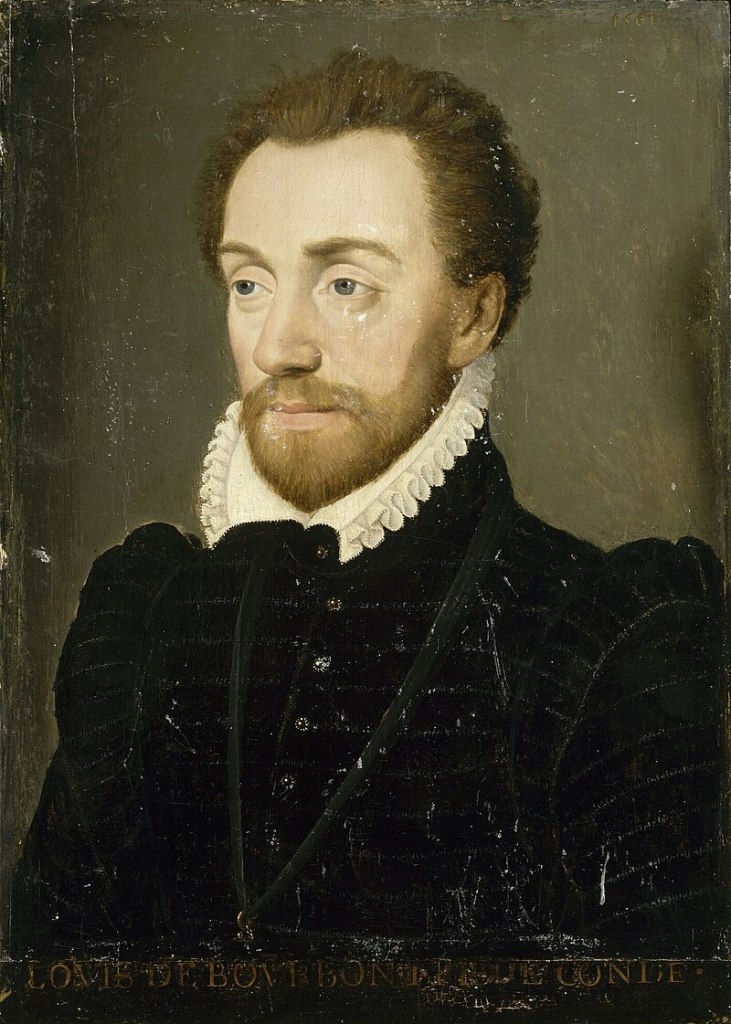
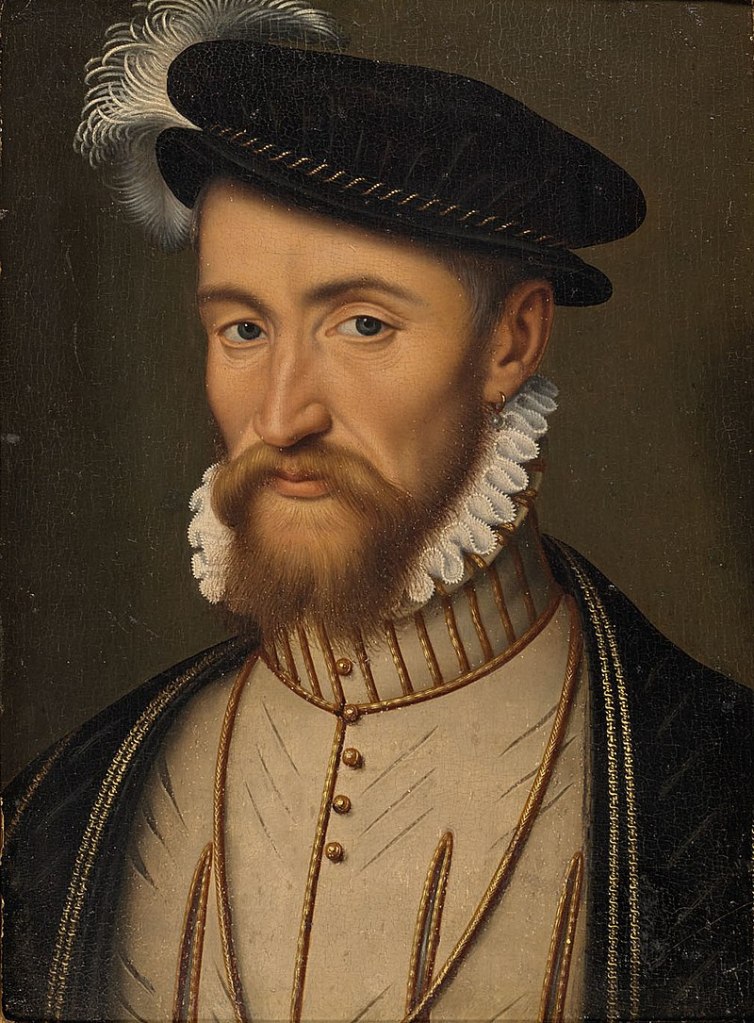
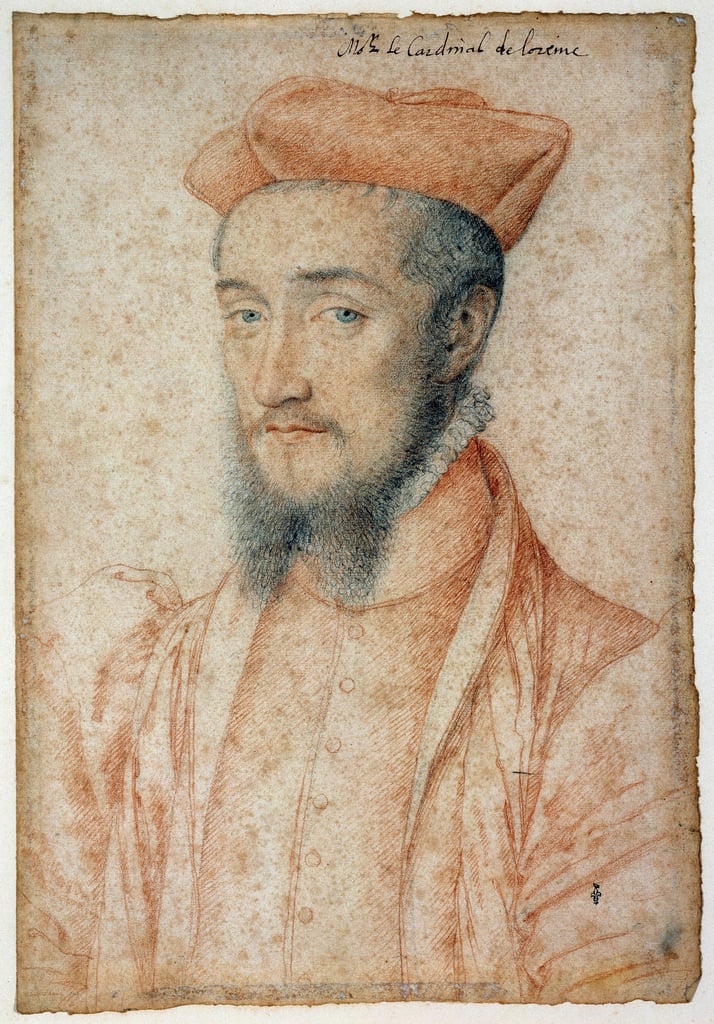
Transcript
When the men rushed to Henri II’s side, they found he had recovered consciousness, but a number of splinters from his opponent Montgomery’s broken lance were sticking through the visor of his helmet. One of the splinters looked particularly deadly. When they took the king’s helmet off with care, they found the large splinter had stabbed the king through his left eye. Seeing the king’s injuries, Catherine and the Dauphin Francois both fainted, and screams rose from the audience. Montgomery, who stayed to help, got on his knees and begged the king to have his hand lopped off or have him killed on the spot. Henri, still unmercifully consciousness, pardoned him on the spot, rightfully pointing out that he was just following a direct order. The court surgeon, Ambroise (Ambroz) Paré, was joined by King Philip II of Spain’s personal surgeon who was sent as a gesture of diplomatic good will. They replicated the king’s wounds on the heads of several executed prisoners, not living prisoners as is sometimes still reported in some books about this era or on historical dramas like the recent show The Serpent Queen. They discovered that they could remove the splinters. However, there was no way to safely treat the wound to remove the pus and other infected material. So both the experts delivered the grim news to Catherine that it was only a matter of time until the king died.
The Dauphin Francois reacted terribly to the news, even considering that Henri was a loving father. Catherine may have been a loving mother in her own way, but it was Henri who actually joined the children’s games. I have no doubt, though, that Francois was aware of and terrified of the crown that loomed over his head. While Henri lied on his deathbed Francois kept crying in his own bed and banging his head against the wall. When he saw his dying father in person for the first time since the joust, the Dauphin cried out, “My God! How can I live if my father dies?” and fainted.
As for Diane de Poitiers, she didn’t even try to go see the king. Fearing the humiliation of being roughly kicked out, which she probably would have been, she just waited anxiously for news. One night, a messenger came demanding the return of the jewels belonging to the monarchy that the king had given her. Diane demanded to know if the king had died. When the messenger responded he was dying she refused to hand over the jewels because she would obey only the king as long as he was still breathing.
Finally, on July 8, 1559, King Henri called Catherine to his bedside. Sepsis had set in and he had lost the ability to see. After asking Catherine to make sure his sister Marguerite’s marriage to the Duke of Savoy went ahead, Henri received his final rites and passed away. The king Henri II was dead, after a reign of twelve years. The new king, Francois II, was a pale, sickly boy of fourteen, barely able to process the death of his father. Catherine herself was inconsolable. From then on, she dressed in black and made sure any room she was staying was also draped in black. Also she made the broken lance her personal emblem.
Fully aware of what happened to King Francois’ mistress Anne d’Etampes’ fate, Diane de Poitiers acted with overbearing humility. She drew up an inventory of all the jewels the king had given her and finally gave them back to the monarchy. She also sent a letter to Catherine apologizing for any wrongs she may had done. Catherine was magnanimous toward Diane, but she couldn’t resist her own response. The new king, little Francois, had penned his own letter to Diane, but no doubt Catherine shaped most if not all of the words. In that letter, Francois declared that Diane’s corrupt influence over his father merited punishment, but instead King Francois would show her mercy. But even if Catherine was inclined to crush Diane, it would not have been politically shrewd. Diane had thought ahead, marrying her daughter Louise to a member of the Guise family, who were now invested in protecting Diane and her vast wealth some of which would one day pass into Guise hands. But this didn’t make Diane invincible. She was banished from court for life. Catherine also pressured Diane to give her the chateau of Chenoceau (Shoonahnso), which was built on a river. Diane had used her influence with the king to buy the chateau from the monarchy for cheap. In exchange, Catherine deigned to give Diane a much less desirable piece of real estate, which must have made Catherine giddy. Still, it could have been much worse, as Diane knew. She still got to retire to her own embellished, Renaissance-style chateau at Anet (AHNET) where she would die seven years later.
Diane de Poitiers’ departure from public life signaled as surely as anything the start of a new era. There was, of course, Catherine. Since Francois II was considered to be old enough to rule in his own name, Catherine was not a regent. But besides her undeniable influence over her son, she had many political connections. As for Francois II, he was from the start a contrast to his athletic grandfather and father. He had been chronically ill since infancy, when he showed some kind of recurring serious nasal obstruction, explaining why Catherine was so fussy over his diet. When he was three years old, a Venetian ambassador, who like all ambassadors from the era had an eye for signs of the lifespans of royals, described him as “Pale, more bloated than fat, and less playful than other boys his age.” As he grew into adulthood, he stayed short, spoke with a stutter, and was shy, reserved, and unassertive. Later in life, he had frequent fainting spells which he would try to prevent by frantically moving his limbs and suffered from outbreaks of skin rashes and pimples. Aware of what his grandfather and father were like, Francois tried to compensate by exercising through long and rough horse rides and hunting trips, but they didn’t seem to help his health long-term. He was stuck in the shadow of his wife Mary Stewart, who had chronic health issues of her own but had grown up tall and confident. The two were wed at Notre Dame Cathedral when both were fourteen. Mary quickly became more like a big sister than a wife to Francois II and exercised a powerful influence over him, while her Guise relations exercised an influence over her. It’s not even clear from the historical records, which as we’ve seen so often do include scraps of proof about the private lives of royals, that Francois II actually fully experienced puberty by the time of his death. It is true that Mary mistakenly thought herself pregnant for a brief period. But, of course, even the best educated young princess was not always aware of what sex actually entailed. Perhaps even Catherine de’ Medici knew that much.
Surrounding King Francois II were the two great families of the court. One were the Guises, whom we’ve met before. The one who established the family’s fortunes in France, Claude, had died in 1550. Headship of the family had passed to his two sons, who were both Mary Stewart’s uncles. The eldest was the new Duc de Guise. I’ll call him that from here on out because confusingly he was also named Francois. Then there was Charles, Cardinal of Lorraine. Both were firmly conservative Catholics and both were violently opposed to the Bourbons, the second clan standing behind Francois II.
The Bourbons are…well, hard to introduce, since they’re like when Darth Vader shows up in a story. They come with their own spoilers. But at this stage, they were just the princes of the blood, cousins to the royal family, who were directly descended from Robert of Clermont, King Louis IX’s youngest son. By 1545, they got a little bit of a promotion when Catherine’s brother-in-law Charles died. How did Charles die? According to one account, he was traveling with a number of friends when he came across a rural house abandoned because of the plague. In a bit of brave and stupid youthful bravado declared that no French prince ever died of plague and went inside the house and got into a pillow fight with his companions and rolled around on the beds. As you might expect, he caught the virus and died. Insert your own commentary on recent present-day events here. In any case, Charles’ decision to prove his royal manhood by exposing himself to disease now meant that, with King Henri dead, the only ones between the Bourbons and the French crown were Catherine’s male children.
The head of the Bourbons at the time Francois II became king was Antoine, King of Navarre. Navarre was a small kingdom in the Pyrenees between Spain and France. Since the thirteenth century, the crown of Navarre had passed between different French noble families and briefly became part of the French royal domains. Now Antoine claimed the title of king through his marriage to Navarre’s queen by birth, Jeanne d’Albret. A cultured and intelligent man, Antoine nonetheless had few ambitions apart from reclaiming the southern half of the traditional territory of Navarre which had become part of Spain. More assertive was Jeanne. She was the daughter of King Henri II’s aunt Marguerite, the same woman who was an ally to Catherine in her early days at the French court. However, Jeanne went further than her mother’s humanism, becoming a sincere convert to Calvinism. She came to despise the royal court and called Catherine the “grocer’s daughter”, proving that even as the niece of two popes and the daughter and sister of dukes in some eyes she could not escape the taint of bourgeois ancestry. As for Jeanne, she had lived according to her rough temperament. Her family had forced her to marry the Duke of Cleves against her wishes, but she wrote out and signed a formal declaration of protest before the marriage took place and refused to ever consummate it, allowing her to seek an annulment years later. Her marriage to Antoine had its political benefits; both Jeanne and Antoine came from powerful dynasties based around southwestern France, after all. But contemporaries agree it was a love match, although unfortunately romantic love did not stop Antoine from being a Lothario. Finally, there was Antoine’s younger brother, Louis, Prince de Condé. He combined the political ambition Antoine lacked with a fervor for Protestantism, sharpening his determination to cast down the Guises, achieve freedom for the Huguenots, and have the Bourbons recognized as the premier princes of the blood, meaning the heirs to the throne after Catherine and Henri II’s children.
But at the start of the new king’s reign, the Bourbon cause seemed to be on the wane. Their one natural ally, Montmorency, had been stripped of his government offices and pressured to retire from public life. Antoine had considered coming to court to help him, but he hesitated and, besides, in the past Montmorency had only been a fair-weather friend to the Bourbons. Catherine did not trust the Guises, but she personally disliked Montmorency, who’d always been a friend of Diane de Poitiers. It was better to work with these Guise brothers. They would hold conferences in side rooms before meetings of the royal council, which took place in the presence of the king or of Catherine herself. Catherine had a seat at the table, but it was painfully obvious that it was the Duke de Guise who truly controlled matters of war and foreign policy while his brother the Cardinal of Lorraine managed state finance and administration. Catherine mainly asserted her independence by continuing her moderate stance on religion and seeking to free individual Huguenots imprisoned for heresy. The Bourbons and Guises were in a way evenly matched. Both had the mystique of their bloodlines, even if the Guises’ claim to be the descendants of Charlemagne was shaky while the Bourbons’ descent from the holy king Saint Louis was not. Both also had major weaknesses: most of the Bourbons were known heretics, whereas the Guises, since they came originally from Lorraine, were seen by many as foreign upstarts who’d been allowed to rise too far too fast. For now, the Guises had the upper hand.
It was not long before the Bourbons made a move to change that. They appeared at court to put toward a lawsuit, arguing both that King Francois II was too young to rule and that as first princes of blood they had a right to the regency. It was, as they say, a frivolous suit. A fourteenth century royal ordinance explicitly stated that a king was of age at fourteen. Also there were no unambiguous instances throughout the history of France where the princes of the blood were automatically given a share in the government during a king’s minority. Antoine meekly accepted his defeat and scurried back to his estates in the southwest. The Prince of Condé, though, learned an important lesson: to get the Guises’ clutches off the monarchy, they’d have to resort to extralegal means. He reached out to the growing number of local Huguenot noblemen and government administrators who started arming their own small militias and began seeing who was willing to help “liberate” their king from the evil, fanatical Guises. Already, though, Louis had made the conspiracy something of an open secret in his desperation to find good recruits. In a time when Catholics were already paranoid about Huguenot conspiracies, it was impossible to keep it in the shadows.
As if that wasn’t enough, Louis had made an error in judgment when he entrusted the leadership of the conspiracy with La Renaudie, a former client of the Guises who had a serious falling out with them and had to flee to Geneva to escape their wrath. While in the heartland of Calvinism, La Renaudie converted, which seasoned his desire for revenge against his former overlords. La Renaudie certainly didn’t help when he bragged about the scheme to his landlord, who despite being a Huguenot himself had no intention to die as a martyr.
The plan was to strike while the entire royal court was on the road in the spring of 1560. For sentimental reasons, Catherine tried to delay her favorite daughter Elisabeth’s departure to Spain to join her groom, King Philip II. In fact, Catherine’s letters to Elizabeth remain a valuable source, so intimate that, as Leonie Frieda puts it, it’s like hearing Catherine talk rather than simply listening to her. Now, though, she finally consented to take Elizabeth to the border of her new kingdom, but insisted that the entire court travel with her. Receiving detailed reports of the plot, Catherine signed off on the Duke of Guise’s plan to deviate from the original itinerary. Instead of the royal chateau at Blois [BLUE-WA], there would instead go to the more fortified royal residence at Amboise. However, Catherine was not putting her faith in royal arms at all. Recognizing that this would likely not be the only Huguenot plot she would face, she decided to finally assert her policy of moderation despite the Guises’ influence. She had Francois sign an edict, which gave a general amnesty for those in prison for heresy unless they were involved in revolts or were preachers. Also they still had to swear to be Catholics upon their release. Still, it was a watering down, however slight, of the intolerance that reigned supreme during her husband’s reign.
On March 6, a battalion of fifteen armed men were caught in the woods around Amboise. They seemed to have no idea what they were supposed to do, except that they were supposed to somehow get inside the fortress and trap the king in his apartments and prevent the Guises from reaching him. By March 15 and 16, the leaders of the plot were finally seized and dragged out of their hiding spots in the woods. The Guises took charge of the fun part of any trial: the punishment phase. Catherine tried to sue for pardon of one of the leaders, but she was ignored. In the courtyard of Amboise, the court and foreign dignitaries had gathered along with the king and his younger brother Charles. Fifty-two of the men were beheaded. Louis de Conde was also there to watch, since no one found proof of his guilt. He only remarked, “If the French know how to mount a rebellion, they also know how to die.” Catherine, despite her earlier attempt at mercy, watched impassively. When Mary Stewart balked and looked away in disgust, Catherine glared at her. It was, Catherine felt, the duty of a queen to watch such retribution against traitors who threatened the safety of one’s own family.
If the revelation of such a conspiracy targeting her own son shook her, Catherine gave no sign. Instead, she went to score some victories. Despite the Guises’ opposition, she got Francois to reverse a policy of his father’s that had the royal courts try cases of heresy, leaving heresy cases to church courts who could not give the death penalty. She also managed to sign a peace treaty with England. The regency of Mary Stewart’s mother, Marie de Guise, had been at war with England, which had been bankrolling Protestant rebels in the country. Catherine had been sending money and troops across the sea, which had become a drain on the economy especially once it was clear the Scottish Catholic regime was losing the war. The treaty was another blow to Guise ambitions, who had hoped to keep Scotland firmly Catholic and at least see Queen Elizabeth forced to recognize their relative Mary Stuart as her heir.
But whatever Mary Stewart’s personal feelings about the treaty, Catherine and Mary Stewart do not seem to have had a tense, stereotypical daughter/mother-in-law relationship, in spite of what several fictional portrayals claim. Indeed, when Mary’s mother Marie de Guise died, Catherine personally comforted her.
Despite Catherine’s moderation, Huguenot publications became more militant and vicious. Catherine was accused of being the mother of illegitimate children and Francois was a leper cursed by God. Unnerved by such vicious propaganda and the continued arming of Huguenot militias especially in the south, Catherine called a general conference in Fontainebleu in June of 1560 to discuss religious matters. A petition from the Huguenot community of Normandy compared Catherine to Esther from the Old Testament, asking her to free God’s elect and put an end to the errors that kept God from being properly worshipped. They pleaded Catherine to give them the right to worship and build churches. The conference naturally concluded with much less than that, but the Catholic and Huguenot representatives did agree to call for a meeting of the Estates-General, a national assembly called on rare occasions, and a church council to investigate ecclesiastical corruption in France. The Prince de Conde had refused to attend because he kept being chased by suspicions that he was involved in the conspiracy at Amboise. Finally, the suspicions caught him when the Guises had enough leverage to put him on trial and in prison. The Prince was found guilty. It’s a testimony to Catherine’s savviness that she actually worked to save the life of the man who helped engineer a plot that put her sickly young son’s life as risk. In Catherine’s view, killing a prominent Huguenot like Conde would be like pouring gasoline on the flames, and such considerations trumped any personal feelings she might have toward any of the men involved in hatching the Ambroise plot. Also, the Prince de Conde was tried and condemned by a special tribunal that the Guises themselves had handpicked, and not by a jury of his peers, as required by French law. Still, she could only delay his execution, not overturn the trial’s verdict. Given the damning evidence against the Prince de Conde and the determination of the Guises to take out one of the Bourbon brothers, it would take something dramatic like the death of the king to save his life.
After out hunting on a cold day, Francois fell sick. The doctors found he had a painful growth inside his left ear. The pain grew so severe that the king became delirious. Suspicions that he had been poisoned either by the Bourbons or the Guises flew back and forth. Nostradamus had allegedly predicted Francois would die before eighteen, but the king had always been so sickly it was a safe bet. Catherine wrote this letter to her sister-in-law Marguerite: “I do not know how to start this letter to you when I think of the terrible trouble and affliction that it has pleased God to visit upon us, after so many sorrows and such unhappiness, to see the terrible and extreme pain that the King, my son is suffering. Still I hope that Our Heavenly Father will not suffer me the agony of taking him from me.… This kingdom cannot be saved unless God takes it into His hands.”
Even in her grief though, Catherine was still first and foremost a master politician. She summoned Antoine de Bourbon to court. Knowing the stunt he tried to pull when Francois first became king as well as his personal cowardice, in full view of the Guises she berated him for his family’s treachery toward her son and herself. Terrified of ending up in a jail cell awaiting his death like this brother, Antoine gladly signed a document renouncing any claim on the regency in the event of Francois’ death. The Guises, were intimidated by Catherine’s display of power and the fact she made a rapprochement with the Bourbons. Fearing she might come after them using the illegality of the Conde trial, had it known that King Francois II was behind the execution, letting them off the hook. Then she made the Guise brothers and Antoine embrace in public as a gesture of peace.
Francois rallied a little after the surgeons laced the boil in his ear, but abcesses and infections continued to spread. After a reign of just sixteen months, albeit sixteen eventful months, King Francois of France saw his suffering finally end on December 5, 1560. Catherine had lost one of the children she desired the most in the world. But out of tragedy also came the opportunity that would come to define Catherine’s legacy, the orphaned Medici girl’s chance to rule one of the greatest countries in Europe as queen regent.
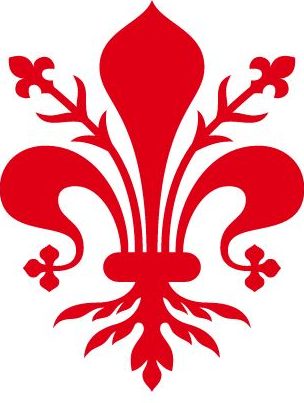
2 replies on “Episode 56: Queen Mother”
Hi Chad Happy New Year! For some reason this episode isn’t showing up on Patreon? I can see it is on Spotify.
Regards Sonia
LikeLike
Thank you for letting me know! I fixed the error and it should be available on the Patreon page now. Happy New Year’s!
LikeLike